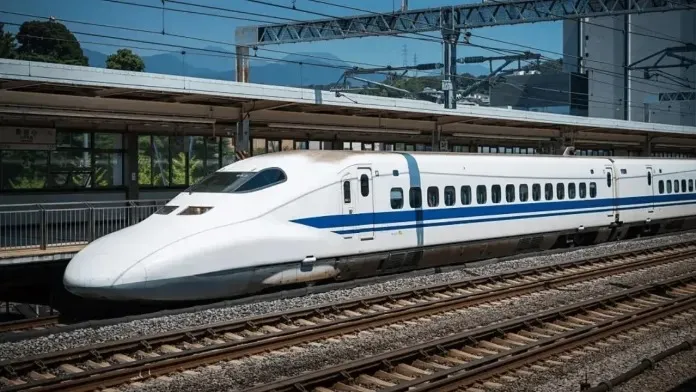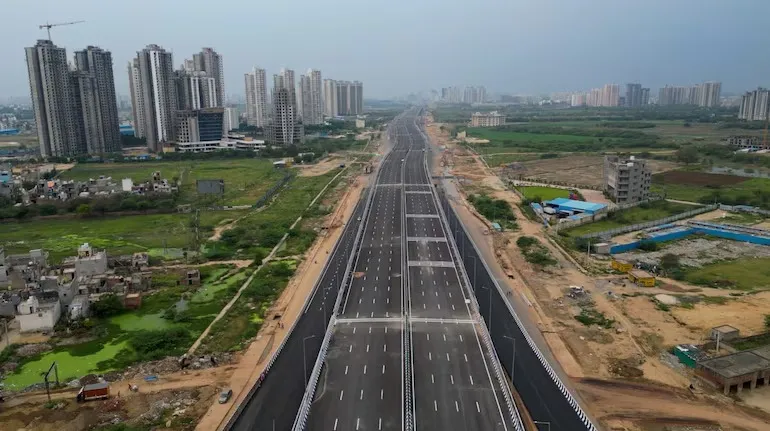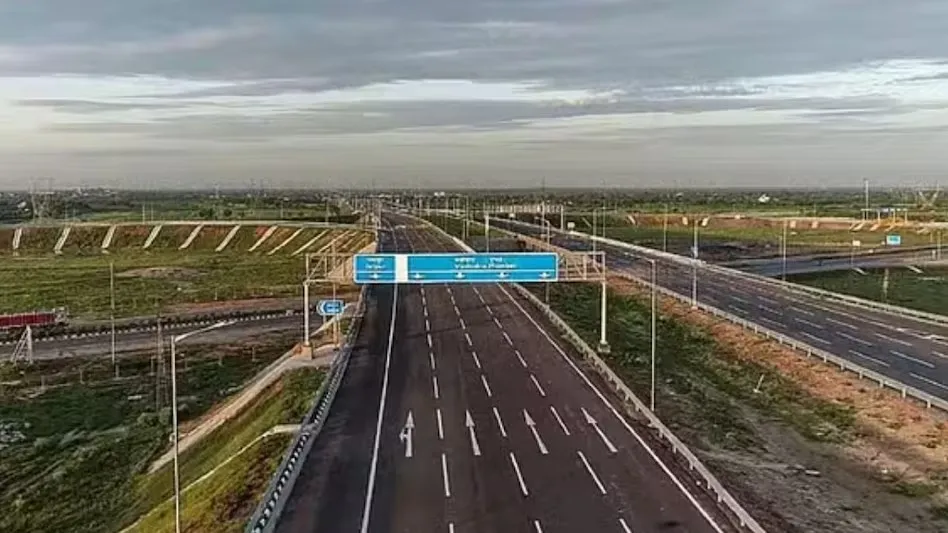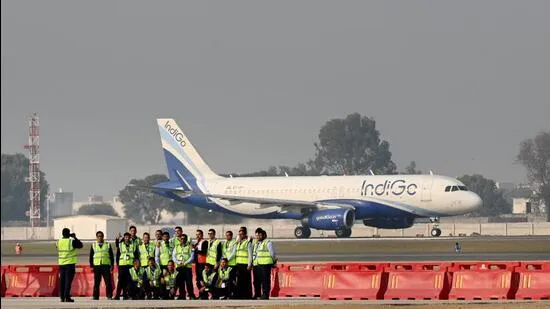 8 Page views
8 Page views
Published on Thu May 15 2025 | Urbanacres Mumbai Ahmedabad Mumbai Ahmedabad Bullet Train National High-Speed Rail Corporation Ltd (NHSRCL) Gujarat Surat Vadhvan

India’s first bullet train project linking Mumbai and Ahmedabad is now firmly on track for a 2028 launch, promising a seismic shift in the country’s intercity transport landscape.
Spanning 508 kilometres and featuring cutting-edge Japanese high-speed rail technology, the project is designed to reduce travel time between the two financial and industrial hubs from nearly eight hours to just three, redefining not just mobility but urban connectivity across western India. The National High-Speed Rail Corporation Ltd (NHSRCL), the agency executing the project, has confirmed rapid construction progress in Gujarat, where civil works and infrastructure development are well advanced. After initial delays in Maharashtra due to land acquisition and environmental clearances, fresh coordination between state and central agencies has fast-tracked the build-out of key sections, including the critical underground terminal in Mumbai.
The train will operate across 12 high-speed stations, with major stops including Thane, Virar, Boisar, Vapi, Surat, and Vadodara before reaching Ahmedabad. The Mumbai station, being developed below ground level, is being integrated with metro and suburban lines to offer seamless multimodal transit—addressing one of the biggest pain points of Indian urban travel: last-mile connectivity. Trial runs are scheduled to begin as early as 2026 on the Surat-Bilimora stretch, one of India’s busiest passenger corridors. These trials will not only validate operational readiness but also test sustainability features embedded into the project design. Solar energy utilisation, rainwater harvesting systems, and smart station planning are part of the broader vision to deliver a transport model aligned with India’s commitments to decarbonisation under the Paris Climate Accord.
With a total investment pegged at ₹1.1 trillion, the Mumbai-Ahmedabad high-speed rail is more than just a mobility upgrade. It is a catalytic infrastructure project expected to create over 20,000 jobs during construction, generate business opportunities for local enterprises, and trigger new real estate and urban development clusters around the station zones. Government sources have indicated that future extensions, including a link to Vadhvan near the proposed deep-sea port, are under review, potentially positioning the corridor as a strategic economic spine for western India. The high-speed train is not only expected to divert road and air travellers to rail reducing carbon emissions and traffic congestion—but also make rail the preferred mode for mid-distance intercity travel, a critical shift in India’s journey towards clean, equitable, and efficient urbanisation.
What sets the project apart is its integration of sustainability with economic mobility. It offers a glimpse of how large-scale infrastructure can serve both environmental goals and public convenience. If successful, it could become the blueprint for future high-speed corridors in India, placing the country on the global map of advanced rail networks.As the bullet train inches closer to reality, it symbolises more than speed it represents ambition, collaboration, and the reshaping of how India moves.

Yamuna Expressway Authority to launch 4,000 affordable housing plots priced at Rs 7.5 lakh near Noida Airport

Govt announces FASTag-based annual highway toll pass of Rs 3,000 for private vehicles

Expedite work at Noida international airport: UP chief secretary

GMDA plans pipeline shift along Dwarka E-way to clear way for service roads

Bihar to get six new airports, cabinet gives key approval